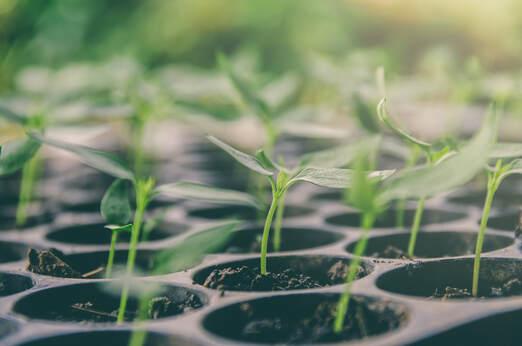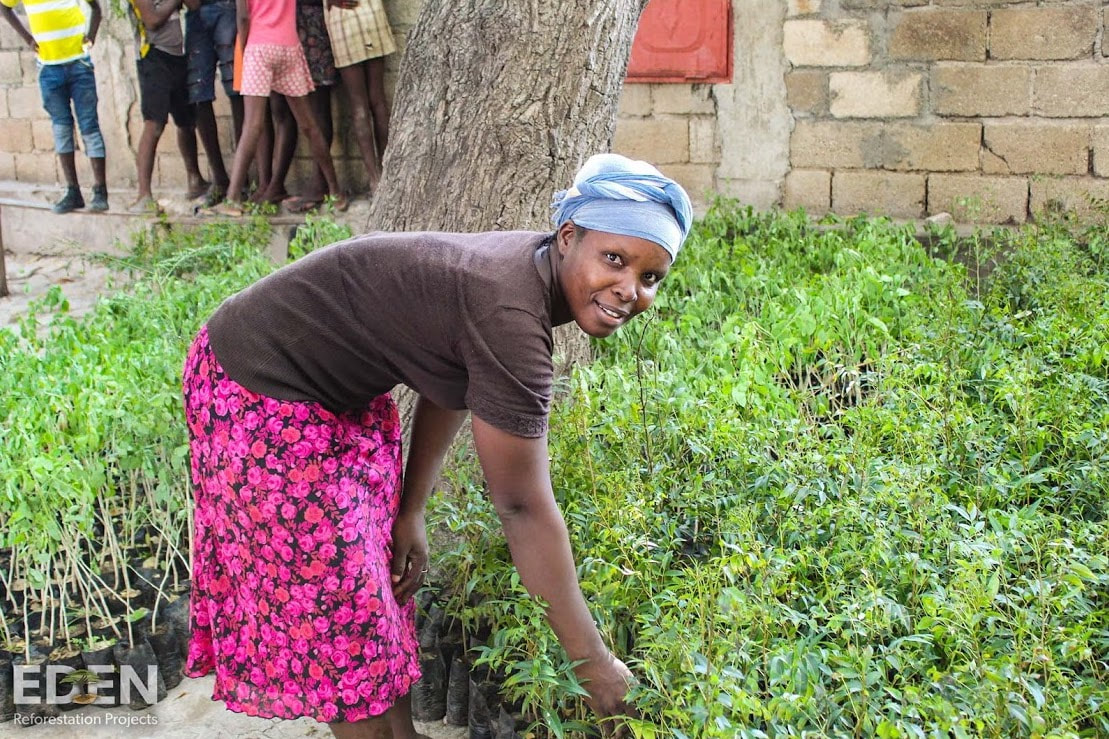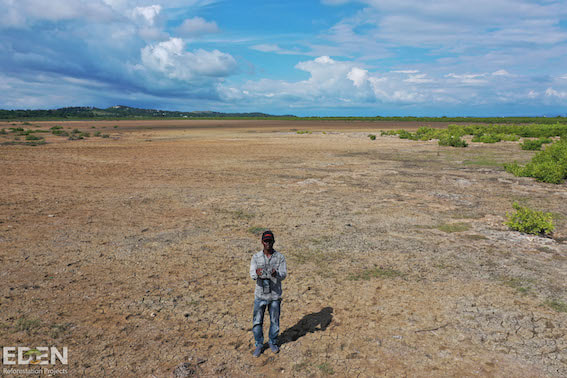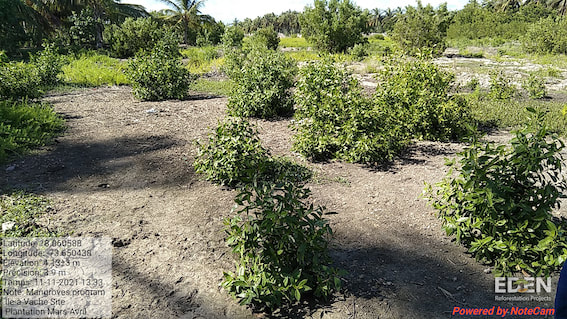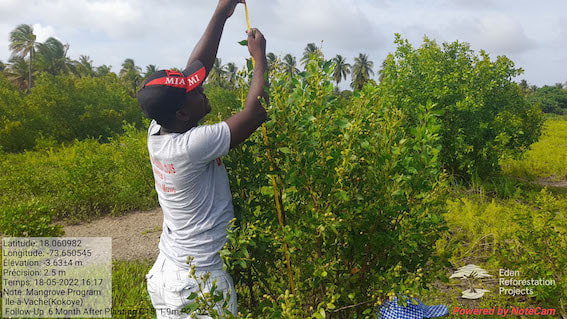Like Madagascar, entire mangrove estuaries in Haiti have been destroyed, leaving the earth to simply wash away into the sea.
As well as stabilising the soil and creating a barrier between the land and the ocean, Mangroves have an amazing symbiotic relationship with nearby reefs.
They improve the quality of the water, providing a natural habitat for fish and other sea creatures, without which the coral would not survive.
They improve the quality of the water, providing a natural habitat for fish and other sea creatures, without which the coral would not survive.
Forests of Mangroves are one of the world's principal stores of "blue carbon"
a term given to carbon accumulated in coastal or marine ecosystems.
And impressively, they can store up to four times as much carbon as land based forests.
a term given to carbon accumulated in coastal or marine ecosystems.
And impressively, they can store up to four times as much carbon as land based forests.
Our reforestation projects in Haiti provide sustainable incomes and empower the local communities. Through re-education in farming practices and providing employment to plant, grow and guard the trees, we're also lifting the local community members out of extreme poverty whilst lifting their environment.
Our on the ground partner are no longer planting in Haiti. But we believe it will continue to benefit from fresh projects and are actively seeking new partners in the area.
Our on the ground partner are no longer planting in Haiti. But we believe it will continue to benefit from fresh projects and are actively seeking new partners in the area.
In Haiti we had a two pronged attack: focusing on inland agroforestry supporting the Haitians to grow their own sustainable food and restore their local environment, and Mangrove reforestation and restoration off the Southern coast of Cap Haitien. The successfully established trees are bringing nutrients back into the soil enabling farmers to grow food once more, replenishing water tables, increasing fish stocks and combating climate change.
PROJECT FOCUS
Île À Vache - Planting 175,000 trees - Projected completed
One of our Haiti reforestation projects is on Île À Vache, "Cow Island". Located off the southwest coast of the mainland, this small island was once the hang out of pirates. Now it is home to 14,000 people, nearly all of whom rely on fishing and agriculture for their income.
Our trees planted in this plot will support the local community with sustainable incomes. Through the reforestation process they also received agricultural education and training. The trees planted help to protect the terrestrial and marine ecosystems. (Haiti mangroves are home to 13 wildlife species that are endangered such as the West Indian manatee, the American crocodile and the Atlantic sea turtle).
The mangrove forest will also help provide a barrier against coastal storms, something that Haitians suffer from frequently.
As with all our projects we put people at its very core. We didn't just employ local community members to plant our trees. We put in place longer term support to protect their forests from wildfire, illegal logging and other threats, as well as to monitor them so that they thrive into maturity and beyond.
Our trees planted in this plot will support the local community with sustainable incomes. Through the reforestation process they also received agricultural education and training. The trees planted help to protect the terrestrial and marine ecosystems. (Haiti mangroves are home to 13 wildlife species that are endangered such as the West Indian manatee, the American crocodile and the Atlantic sea turtle).
The mangrove forest will also help provide a barrier against coastal storms, something that Haitians suffer from frequently.
As with all our projects we put people at its very core. We didn't just employ local community members to plant our trees. We put in place longer term support to protect their forests from wildfire, illegal logging and other threats, as well as to monitor them so that they thrive into maturity and beyond.



